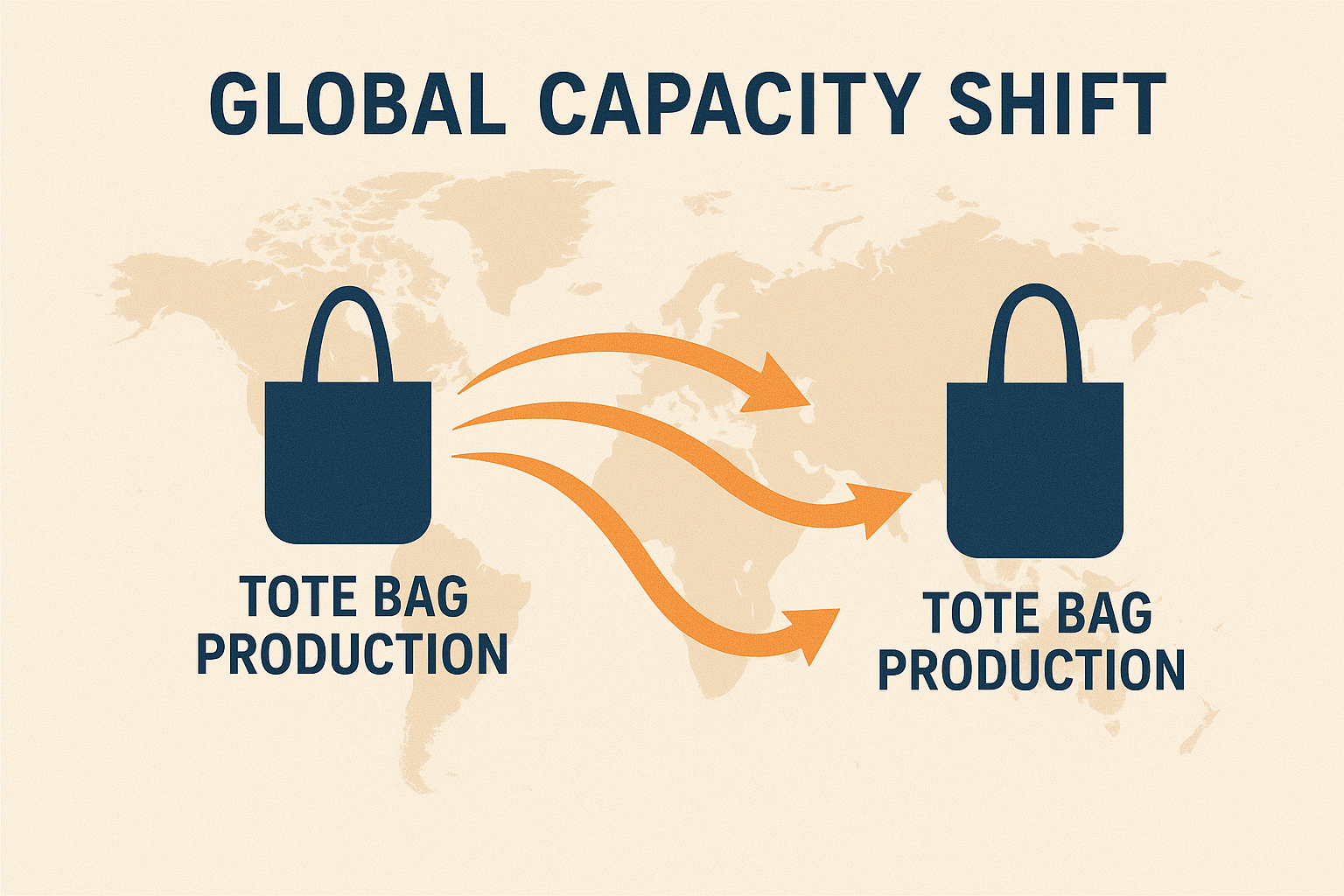
Sourcing strategy affects cost, delivery time, and flexibility. Choosing between centralized or local sourcing can change your business outlook.
Centralized sourcing offers control and scale, while local sourcing provides flexibility and speed—each has benefits and trade-offs.
Every bag buyer must weigh the trade-off between control and speed.
What are the advantages and disadvantages of local sourcing?
Local sourcing often means quicker deliveries and better relationships. But it can cost more.
Local sourcing offers fast response times and easier communication, but it may limit production capacity and increase unit cost.1

If speed matters most, local sourcing may be the better fit.
Pros of Local Sourcing
| Advantage | Description |
|---|---|
| Faster delivery | Shorter shipping times and fewer delays |
| Easier communication | Same language, same time zone |
| Flexible orders | Easier to adjust small batch production |
Cons of Local Sourcing
| Disadvantage | Description |
|---|---|
| Higher cost | Labor and materials cost more locally |
| Capacity limits | Small factories may not meet big orders |
| Fewer options | Less variety in materials and designs |
What are the pros and cons of centralized purchasing?
Centralized purchasing means buying from one location or team. This allows bulk discounts but may slow decision-making.
Centralized purchasing brings cost efficiency and consistency but risks slow response to local needs and changing trends.2

Big brands often centralize to keep control, but at the cost of agility.
Pros of Centralized Purchasing
| Advantage | Description |
|---|---|
| Lower costs | Bulk buying means better prices |
| Consistent quality | One source ensures product uniformity |
| Process control | Standard procedures reduce errors |
Cons of Centralized Purchasing
| Disadvantage | Description |
|---|---|
| Slower response | Harder to adjust for local market shifts |
| Complex logistics | Coordination across regions is harder |
| Decision delays | Longer approval cycles |
What are the pros and cons of centralization?
Centralization goes beyond purchasing. It affects decision-making, branding, and logistics.
Centralization improves control and standardization but limits flexibility and local adaptation.3
One model doesn't fit all. You must choose based on your market and scale.
Centralization Benefits
| Benefit | Explanation |
|---|---|
| Clear strategy | Central teams follow one vision |
| Resource efficiency | Shared tools and staff reduce costs |
| Data accuracy | Central systems give better insights |
Centralization Drawbacks
| Drawback | Explanation |
|---|---|
| Local misfit | Solutions may not suit all regions |
| Lower motivation | Local teams may feel less involved |
| Bureaucracy | Decisions take longer through layers |
What are the advantages and disadvantages of centralized store?
A centralized store manages stock and supplies from one main location. This setup offers cost benefits but limits agility.
A centralized store reduces overhead and simplifies inventory control, but increases shipping times and limits flexibility.
If you can afford longer wait times, the savings might be worth it.
Centralized Store Benefits
| Advantage | Explanation |
|---|---|
| Lower inventory cost | Avoids duplication across locations |
| Simplified logistics | Fewer systems to manage |
| Strong control | Centralized monitoring and planning |
Centralized Store Challenges
| Challenge | Explanation |
|---|---|
| Slower delivery | Goods must ship from a single location |
| Less customization | Local preferences may not be addressed |
| Risk concentration | Disruptions hit all branches at once |
Conclusion
Centralized sourcing controls cost and quality, while local sourcing adds speed and flexibility. Choose based on your volume, market, and delivery needs.
-
Explore the advantages of local sourcing to understand how it can enhance your business's responsiveness and communication with suppliers. ↩
-
Learn about centralized purchasing to see how it can streamline your operations while considering potential drawbacks. ↩
-
Discover the impact of centralization on business operations and how it can affect your decision-making and agility. ↩









